Respect shouldn’t just be the name of that old song you listen to on blast when you need to feel motivated. Teachers — and students — thrive in a classroom where respect is at the core of every interaction. So what do you do when you feel like you’re not getting the respect you deserve from your students? It sounds like it’s time to start setting boundaries with your students.
Of course, setting up those clear guidelines on how you would like your students to treat you can be tough, especially when you’re a new teacher still trying to map out a successful classroom management plan and dive into an unfamiliar curriculum — all while trying to navigate your first year in a new career!
That’s why the Teach Starter teacher team has put together some of the most successful methods they’ve used to set healthy boundaries with students in their own classrooms. With decades spent in the classroom, our teachers have found that the best teacher-student relationships are the ones that include limits — and gentle corrections where necessary.
Here’s how to make that happen in your classroom.
How to Set Boundaries in the Classroom
What each teacher deems acceptable varies, so you’ll want to read this entire list and carefully choose the right boundaries for you and your students.
Limit Disruptions
Whether you’re working with small groups, leading a lesson, or you’re doing your grading while students are completing individual tasks, students need to know when it’s OK to interrupt you, plus some alternatives to getting your attention.
Try these ideas for limiting disruptions:
- Set up classroom hand signals for students to request help or ask to go to the bathroom without saying a word.
- Teach students to ask 3 of their peers for help when working as individuals or in groups. Hang this helpful poster to remind students what to do!
- Take time to teach calming strategies so students have the techniques they need to work through some of those big feelings that can be so tough for little people. If they can work through them on their own, they won’t need to call on you. Print an emotion strategies wheel for each student to keep at their desk! (It’s free!)
- Explore conflict resolution with students to arm them with the strategies they need to handle problems with their classmates.
Personal Space
Most of us have spaces in the classroom where we keep personal student data or paperwork that students should not be rifling through. It’s important to let students know that there are places in the classroom that are off-limits to everyone but the teacher, such as filing cabinets or classroom cabinets.
Establishing boundaries around these private spaces in the classroom helps students to develop respect for others while also protecting classmates’ personal information.
Just where students shouldn’t go is up to you, but you may create rules such as “No students allowed behind the teacher’s desk” or “Ask before opening classroom cabinets.”
Some teachers use colorful tape on the classroom floor to create physical reminders for students. You might install a tape line in front of your whiteboard, for example, to remind students not to cross the line (and accidentally wipe all your writing off the board!) when lining up.
Personal Information
Sharing some personal information can certainly help build student rapport, and there are some things we can’t hide. A pregnant teacher going out on maternity leave mid-school year, for example, isn’t able to keep the baby’s impending arrival under wraps forever.
Still, certain boundaries are important to maintain. Share too much personal information, and you can lose your authority over the classroom … or worse, you can end up in hot water with parents and admin!

Consider carefully how much information about yourself you are comfortable sharing with your students and what sorts of information it’s appropriate for your class to know. This may come down to your school’s rules as well — don’t forget to check with your admin.
Social Media Side Note: With more and more kids getting on social media at younger ages, it’s wise to do a social media audit if you haven’t already.
If you have public accounts with information you wouldn’t want your students to know, consider making the accounts private, changing the name on your account, or simply scrubbing those posts.
Don’t friend students. Ever.
Manner Matters
Sometimes boundaries are physical, but sometimes they are verbal. Do you want students to practice good manners and always say “please” and “thank you” to you and to their classmates? That’s a boundary that can help build a respectful classroom space.
You may want to include a section on manners when creating classroom rules with students and hang reminders in your classroom to reinforce the expectations.
Classroom Item Procedures
Sharing may be caring in your classroom, but as a teacher, it’s important to draw the line when it comes to how classroom items are shared, used, and returned. Just as students should respect their peers’ personal items, the same should apply to those items that are part of the classroom supplies and items you have brought from home.
Decide which of your items you’re OK with students’ “borrowing” — such as rulers or pencils — and set up procedures to help build students’ respect for others’ belongings. For example, you may want to create a sign-out procedure for pencils. This ensures students understand they are meant to be returned and creates a responsibility for bringing them back in a timely manner.
You may want to create a similar procedure for classroom books and add expectations that spell out the book’s condition before a student borrows it and the condition you expect the book to be in upon return. There should be clear consequences for students if a book isn’t returned in good condition or not returned at all, such as losing the privilege of taking books home.
Say Your Name
Whether students can call you by your first name or a nickname or you require the more formal Mrs., Mr., or Miss, you’ll want to set students straight on the proper way to address you right from the start.
Introduce yourself to your students using the name or names you’d like to be called from the first introduction. If students use a name that’s not OK, do not let it slide. Gently but firmly correct them.
Make sure to return the respect, asking students what to call them and making sure to pronounce their names properly.
The Bottom Line
The healthiest relationships have boundaries, and that applies to the ones we have with our students too!



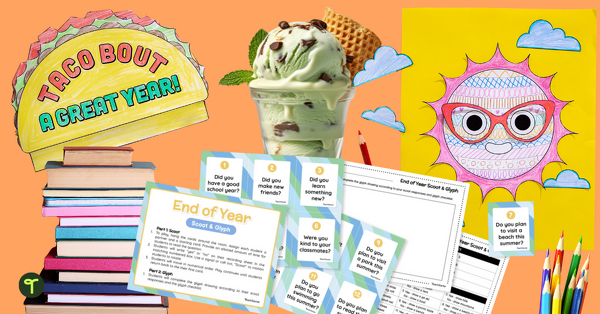
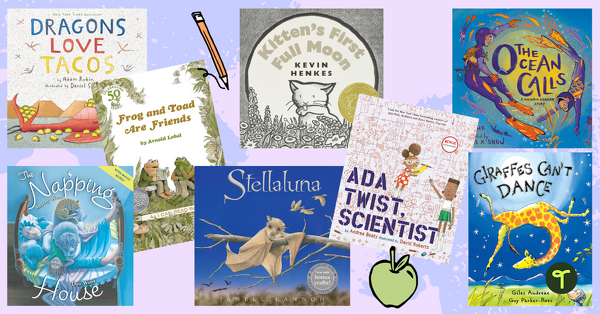

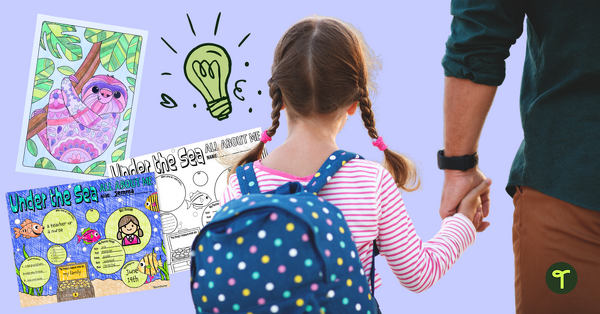
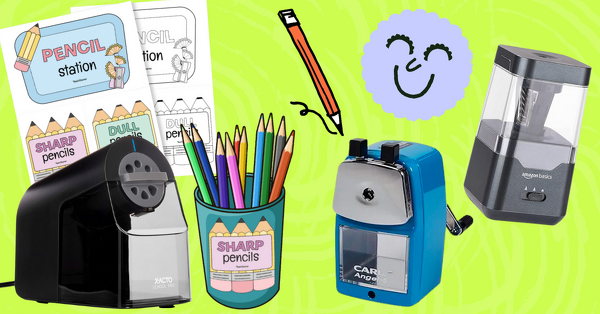
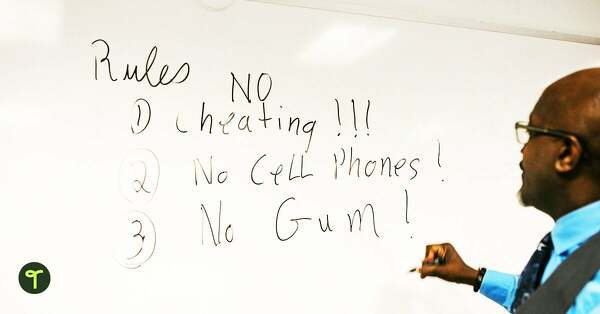
Comments